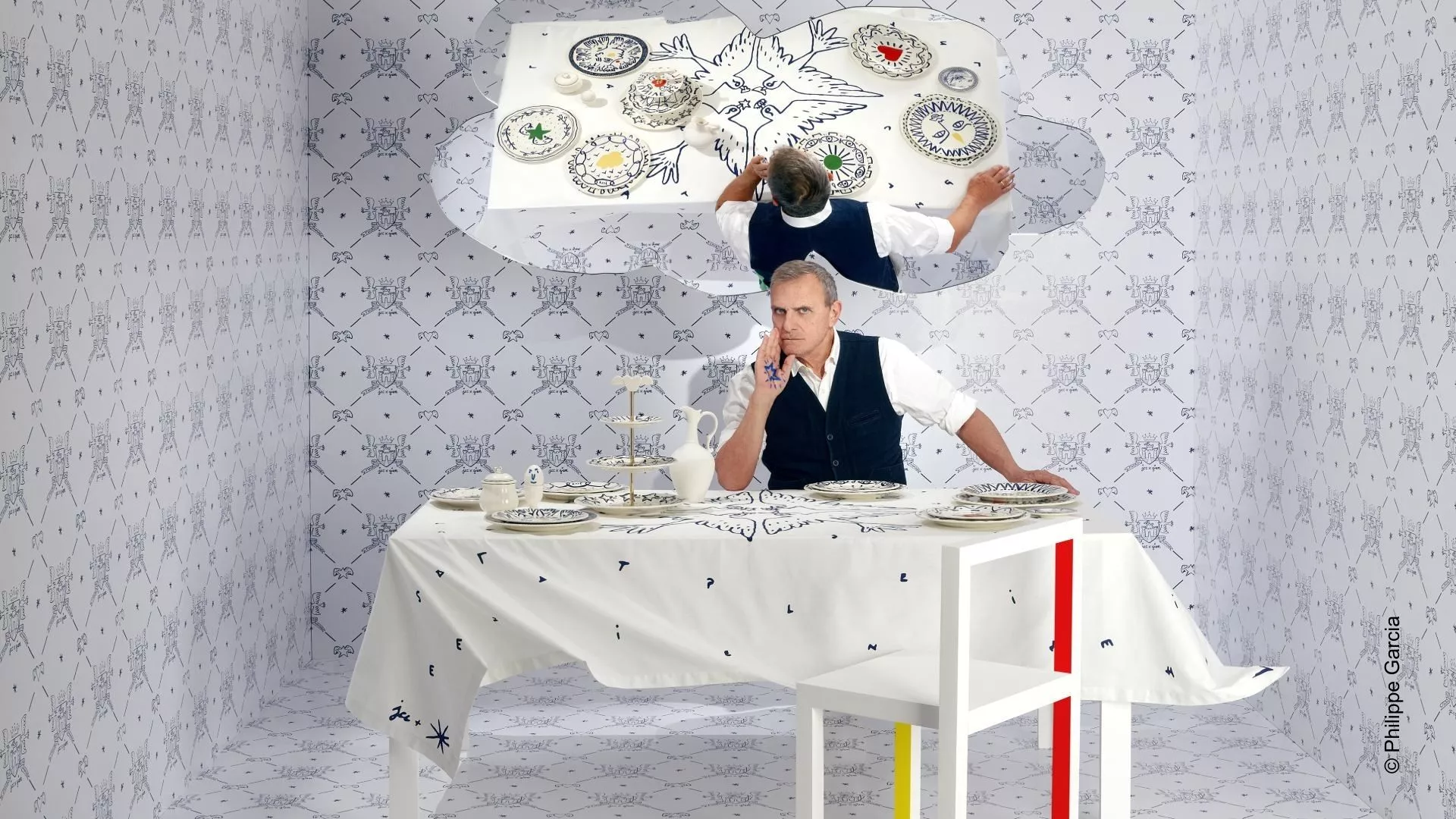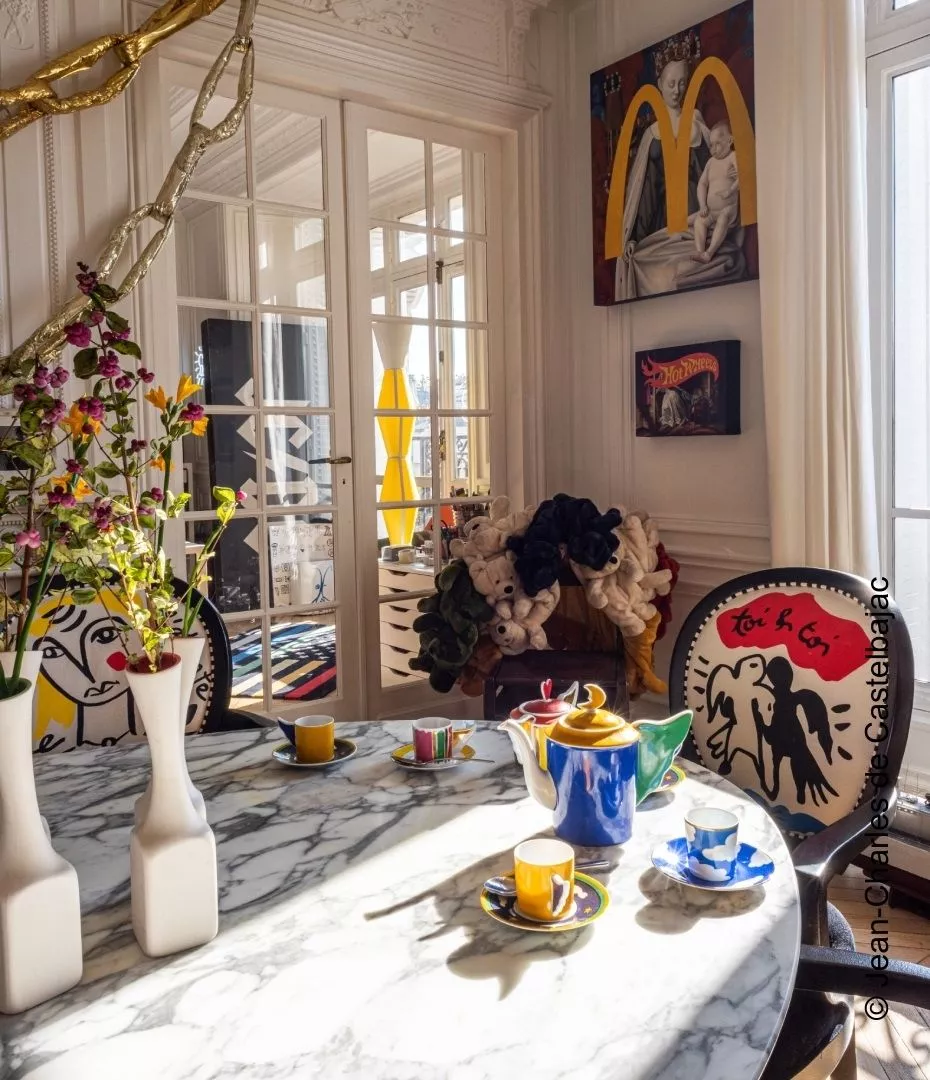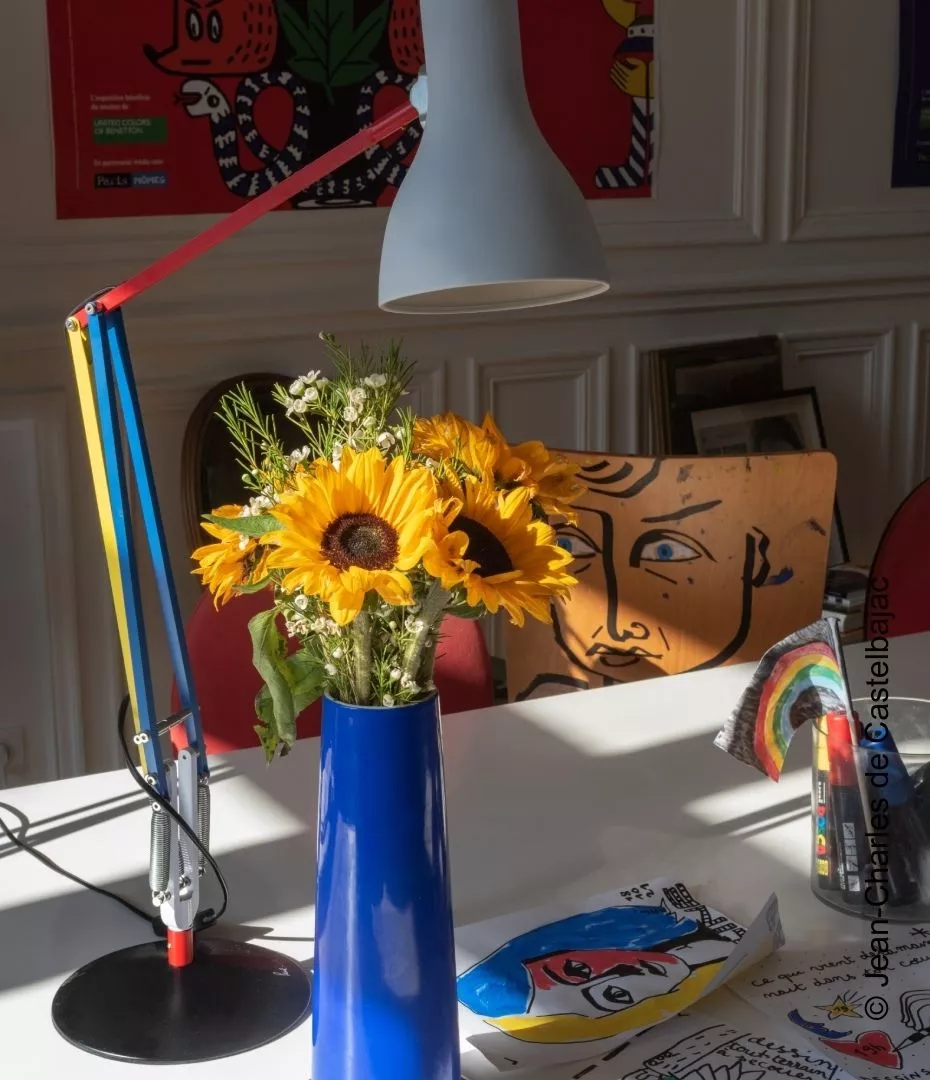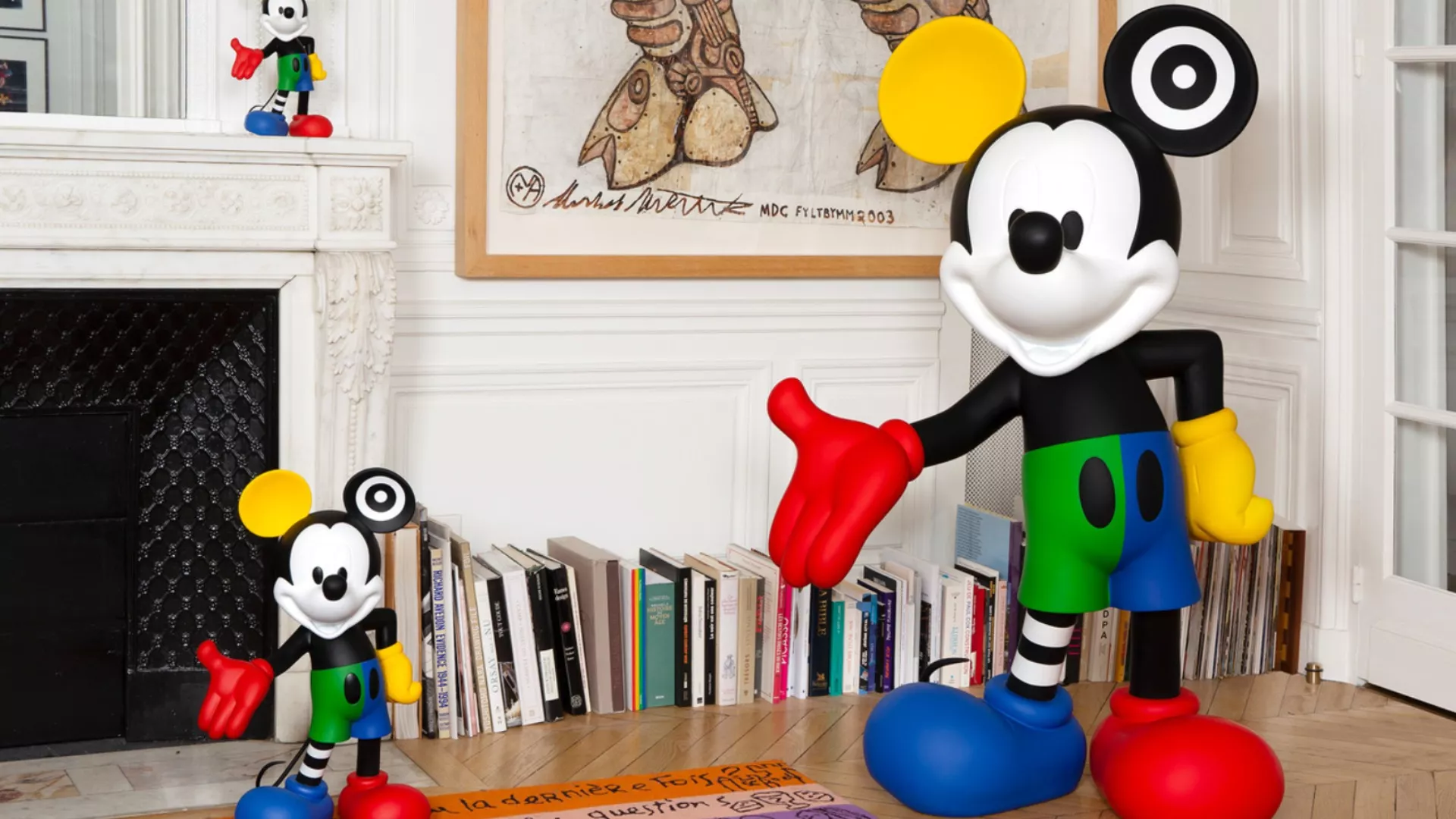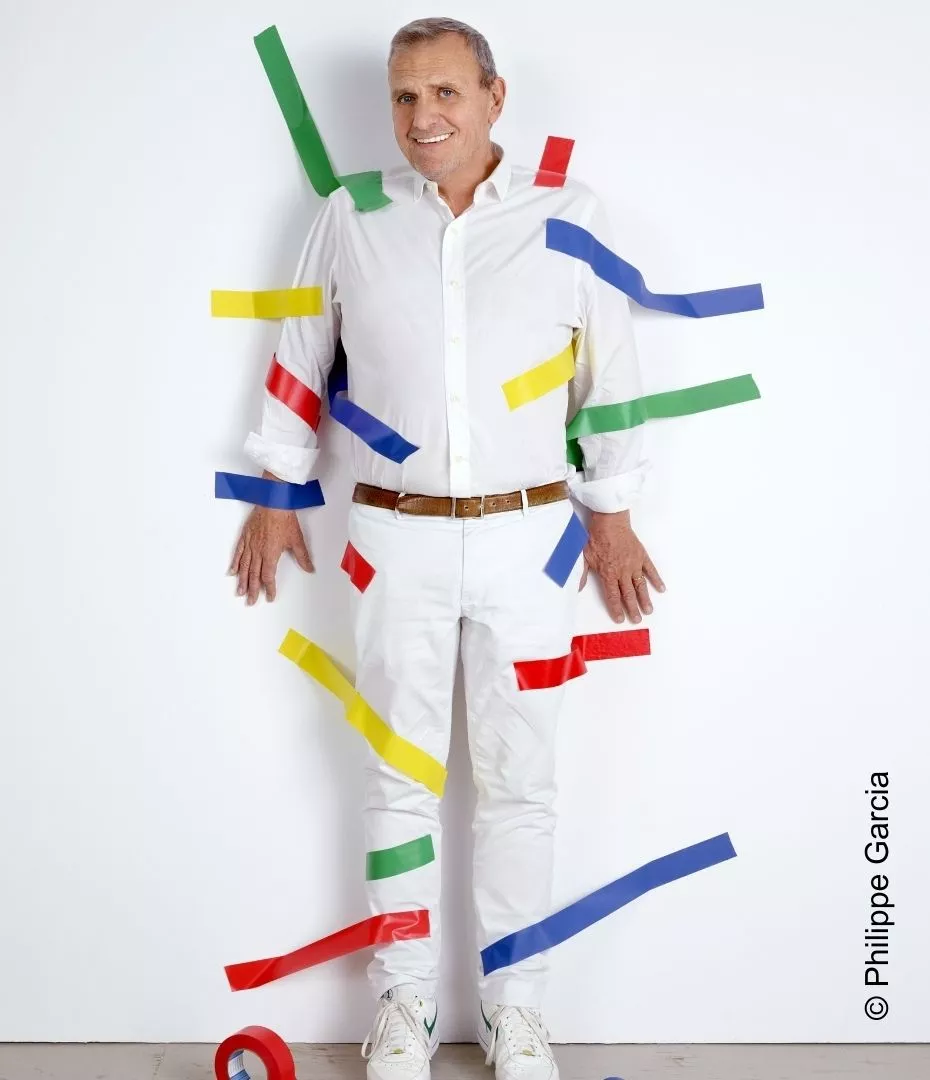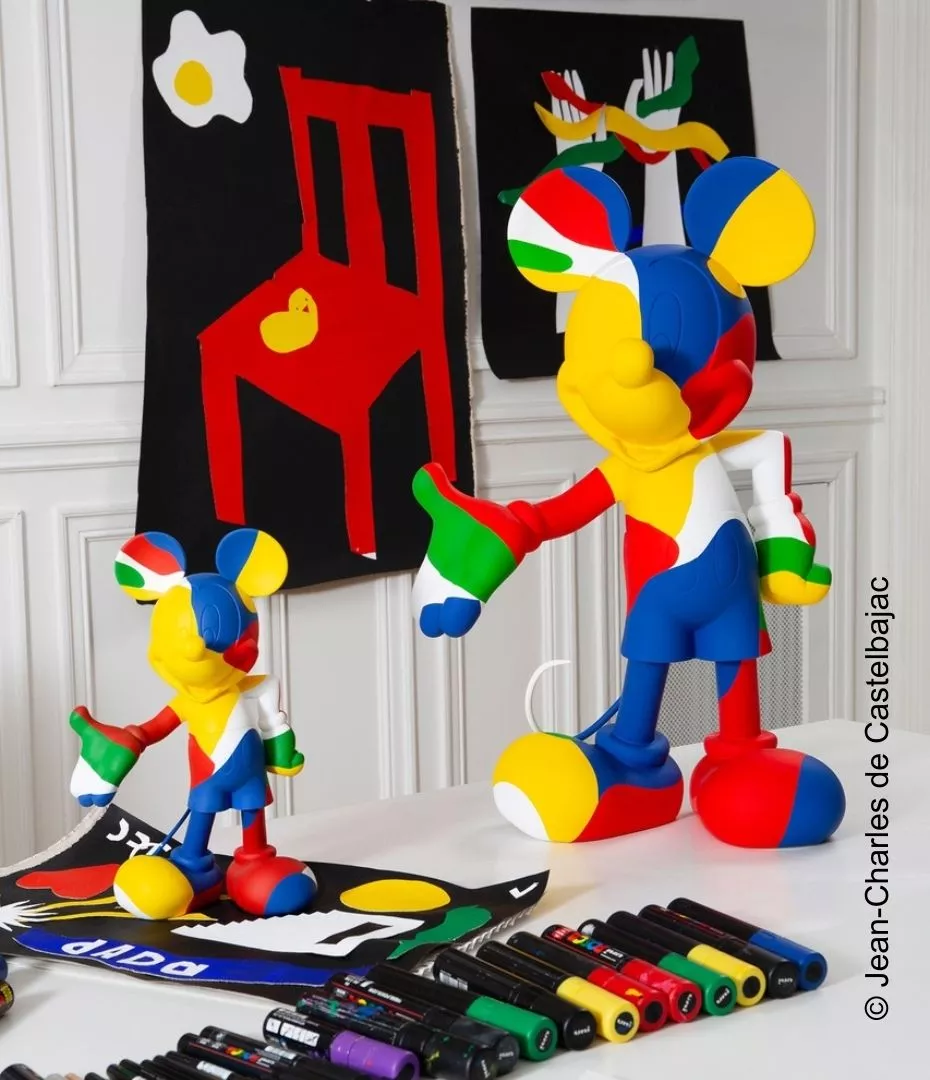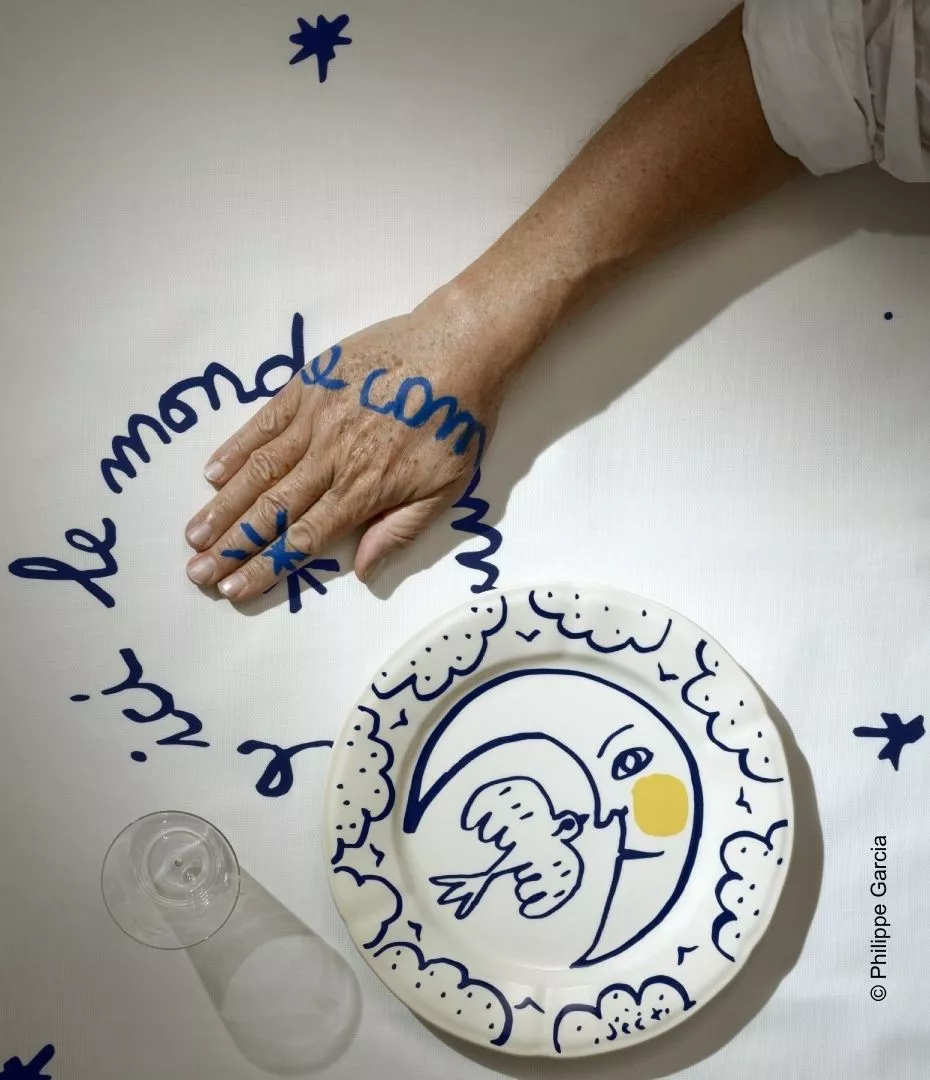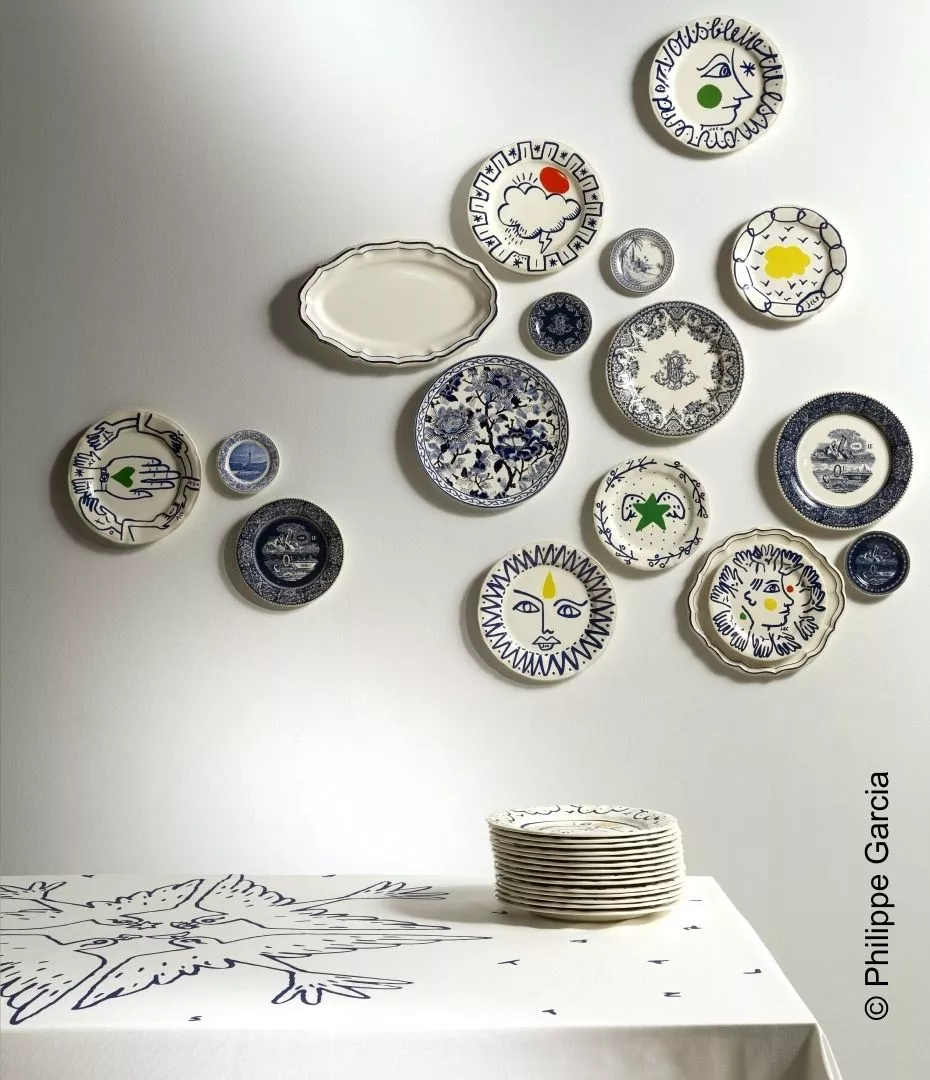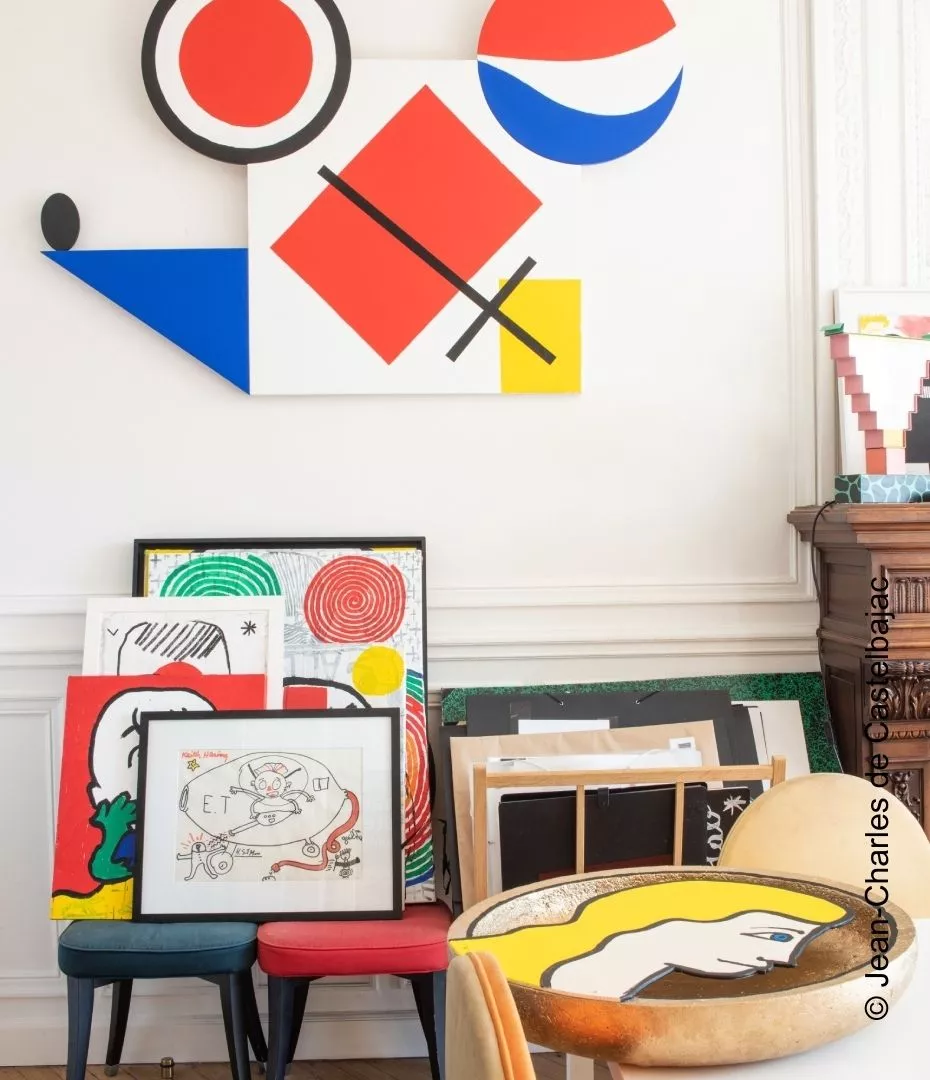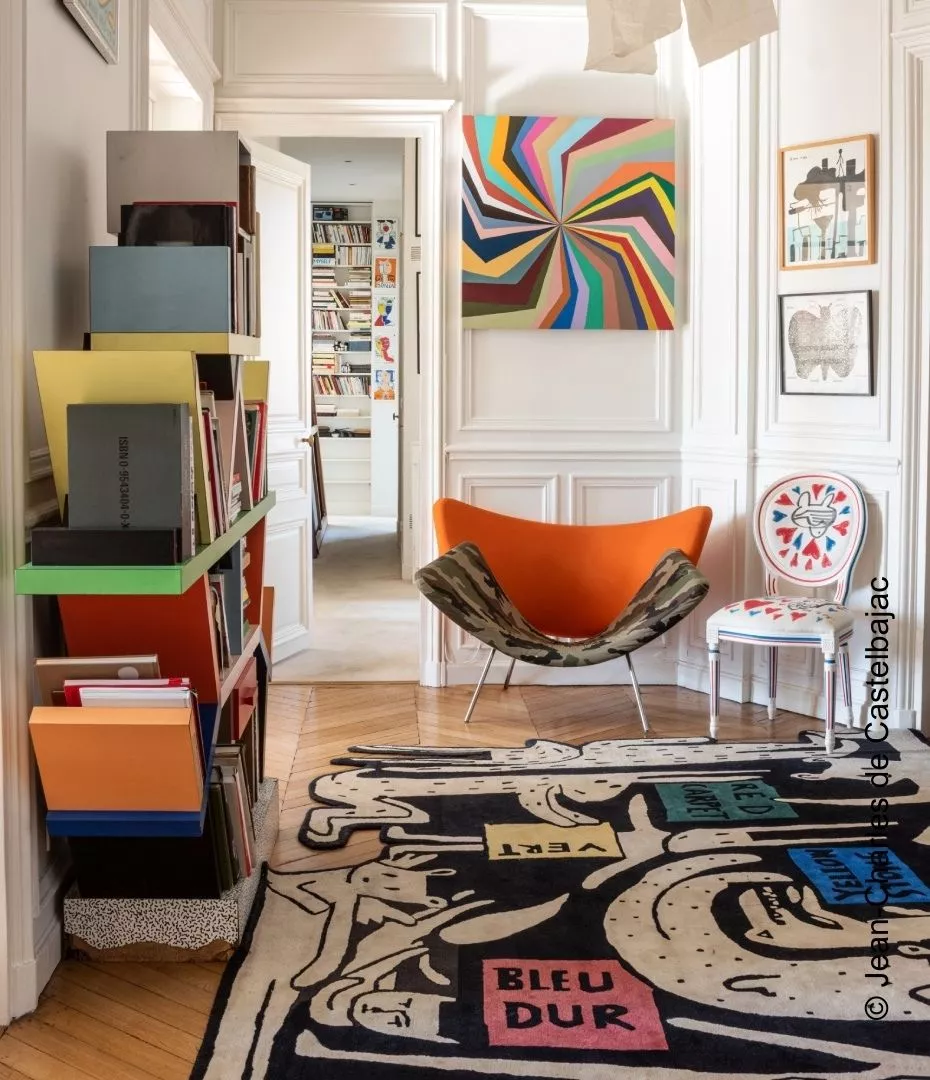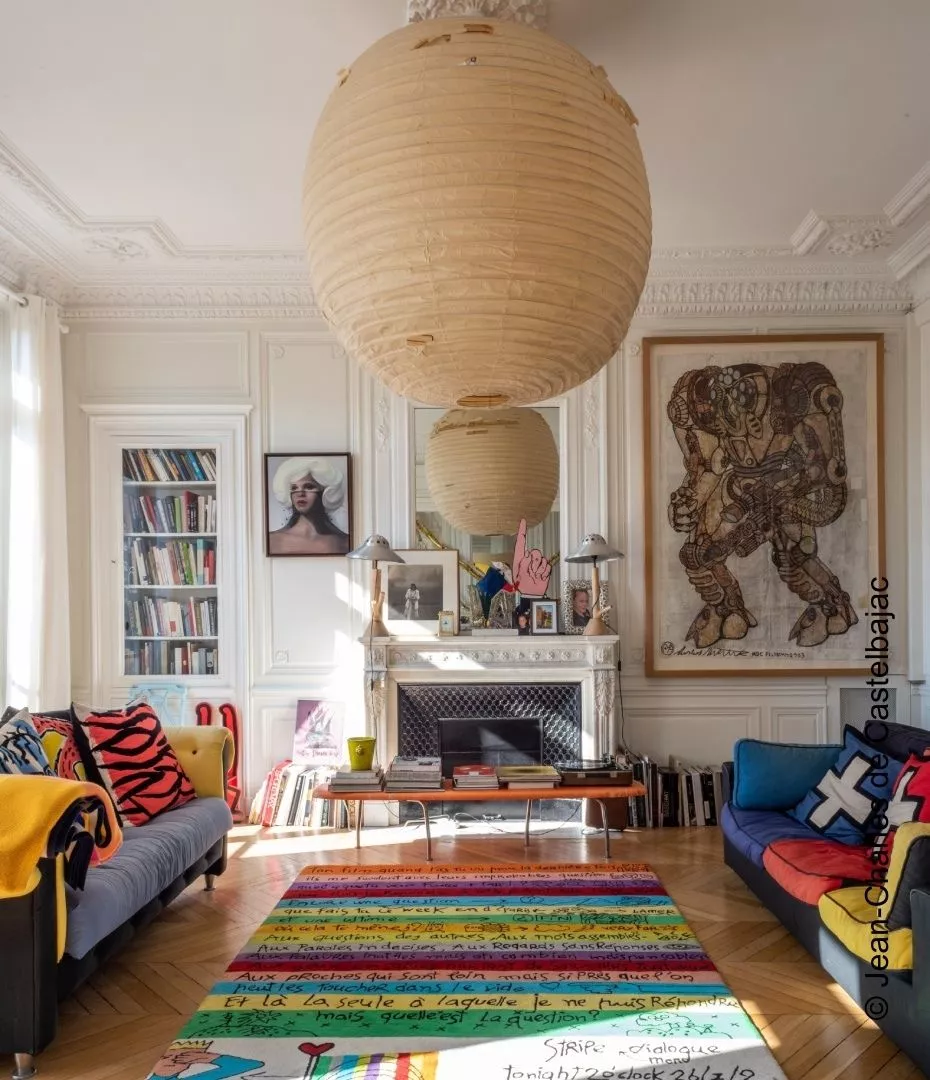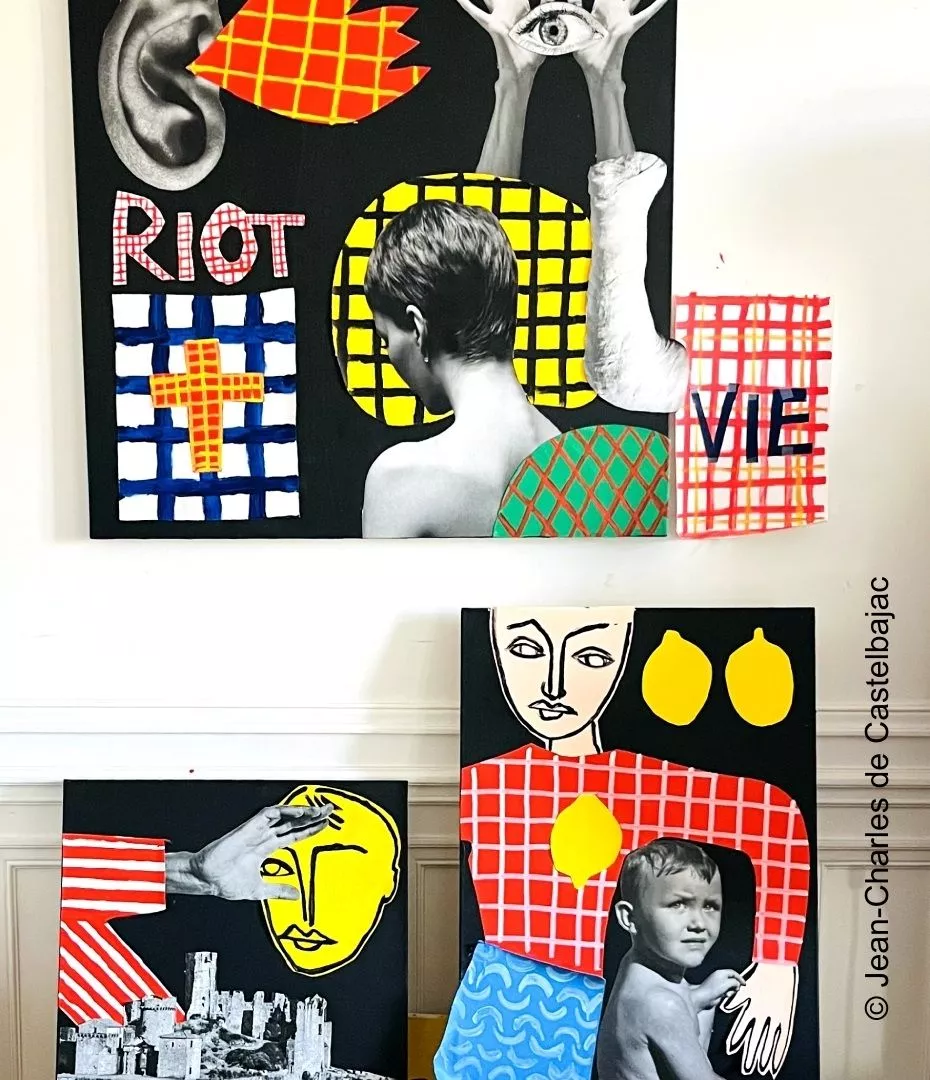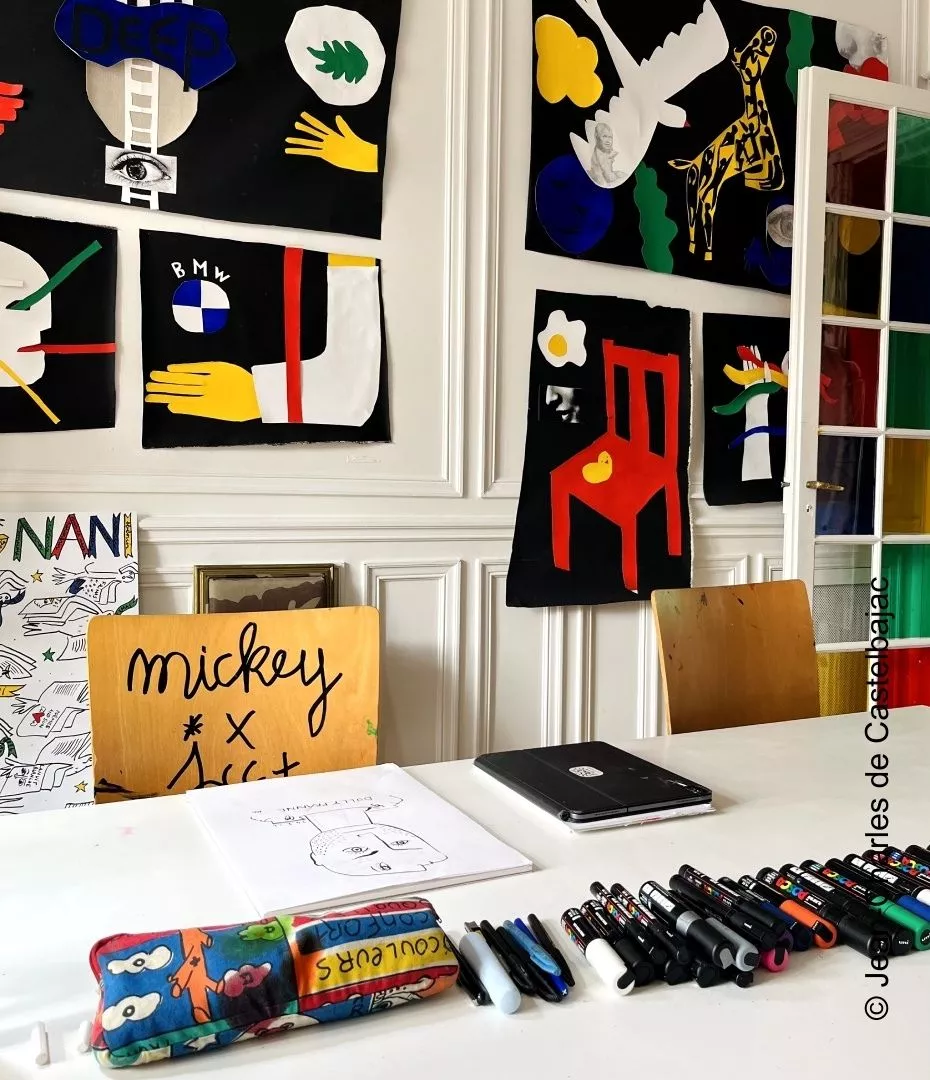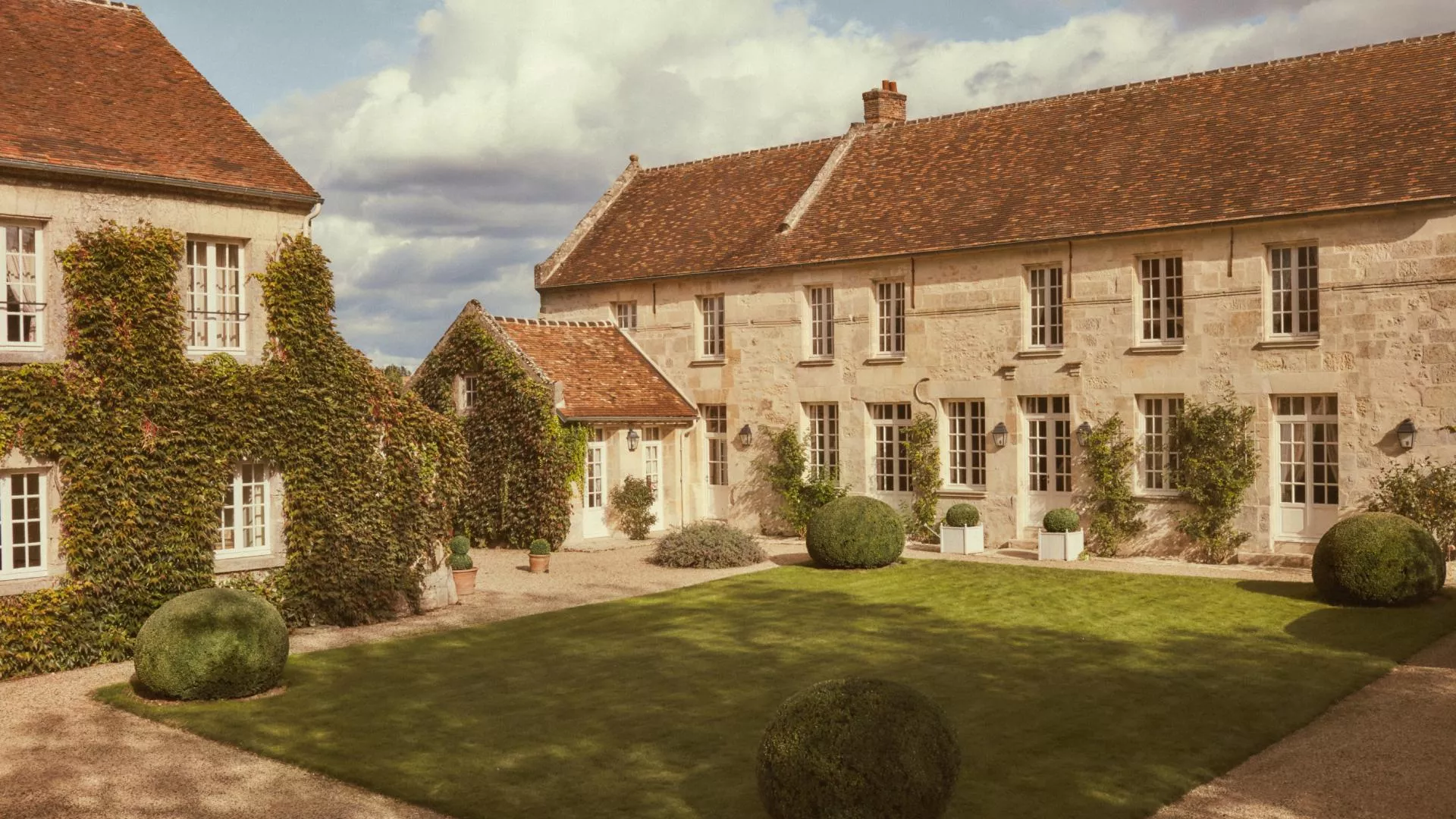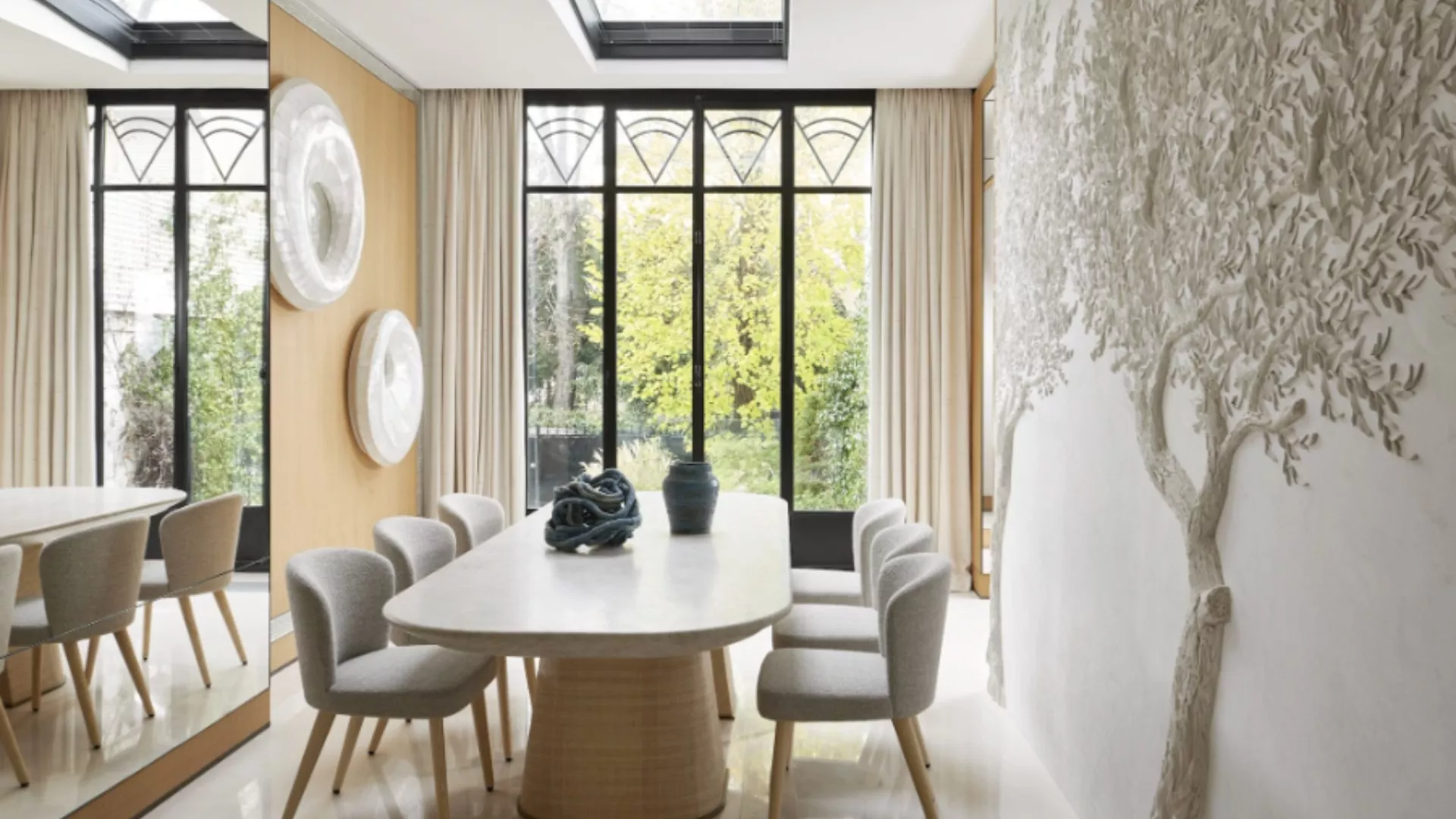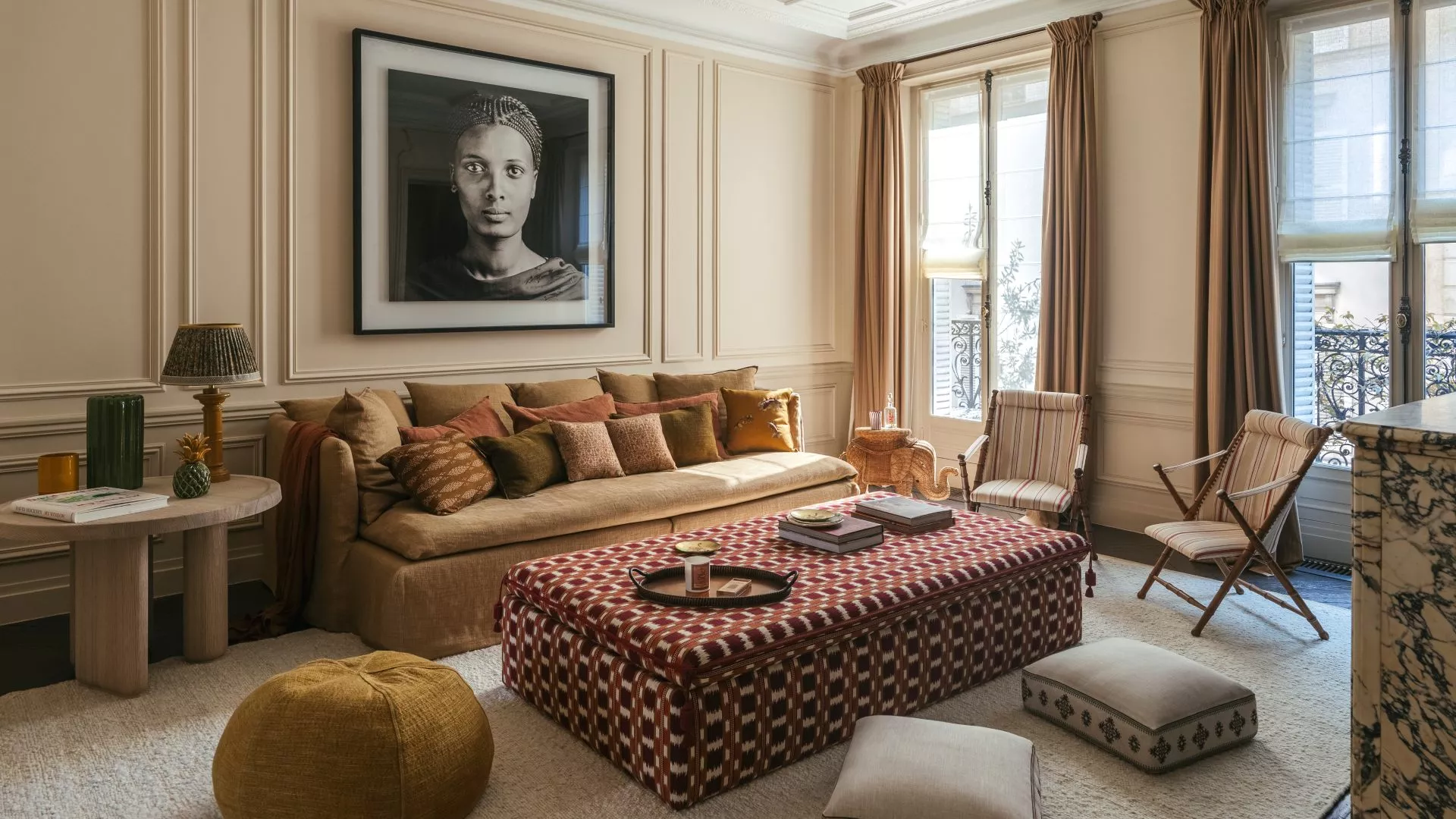Jean-Charles de Castelbajac, Parisian icon
As much an architect as a tightrope walker, Jean-Charles de Castelbajac creates poetic bridges between the arts and institutions, with a passion for French heritage under his belt. Already 50 years of creation for this iconic and contemporary artist who whispers words of love in the ear of Paris. Encounter.
Could you tell us about your attachment to the city of Paris?
My story with Paris is not only that of an encounter, but of a conquest. I spent my childhood in a boarding school, then I went to Limoges. My first dream was to go to London. After London, I arrived in Paris. I was 17 years old at the time, and I will always remember that wonderful feeling I had on my motorcycle in winter. I was on the Place de la Concorde at night, and I imagined that Paris would one day belong to me. I have the impression of having encountered Paris through history, which I am passionate about.
I found in certain streets, like rue Saint-Honoré, fragments of memories with which I was able to develop an intimacy. This intimacy has created a unique, unwavering and epidermal bond of complicity with Paris. For 30 years, I have been writing my angels in chalk on the walls of the capital. There is this relationship to the material, to the sensoriality: ultimately, I almost draw on the skin of Paris. Finally, the chromatic power of the city echoes my work. Paris' ability to change color and generate graceful shadows still arouses wonder in my eyes.
Throughout your journey, we notice three pillars: history, fashion and art. How did you navigate between these complementary dimensions?
Indeed, fashion, art and the art of living are the foundations of my artistic trace. I believe that the common thread of my journey lies in the thirst for knowledge. This appetite allowed me to create bridges between shores which seemed, initially, to have complementarity only in my eyes. My artistic signature is the result of all these links that I have woven between different worlds, sometimes with paradoxes and accidents. Thanks to the style that I like and my very short range of colors, I have drawn lines of union and brought together these different worlds in a continuity today visible to eyes other than my own.
Your relationship with childhood is also significant in your work, is not it?
When I was a child, I had to become a teenager very quickly. When I was a teenager, I became an adult very quickly. I started working at 17. When my exhibition The People of Tomorrow was mounted at the Center Pompidou, I had the impression of being the architect of my own childhood. And this childhood is in perpetual reinvention, because I have never had as many ideas as today.
Whether it is the concept of upcycling or the dynamic of collaboration with brands, you have been a pioneer. More than contemporary, your approach has been described as visionary. What do you think?
It seems to me that only time is the judge. There is no other tribunal than that of time. I don't feel like I'm collaborating with brands, I'm collaborating with history, and I think that's a key to always embracing the zeitgeist. I almost have a retrofuturist statement today, because I believe that the future of young generations needs history as a cornerstone to build (itself). In an environment that is becoming digital, where intelligence is artificial, it is fundamental to reconnect with the roots of history.
What do these collaborations represent for you?
These collaborations are for me the equivalent of Jean-François Champollion discovering the Rosetta Stone. It is an immersion in the know-how or creation of others. When it comes to collaborating with artists – including Keith Haring, Imruh Asha or more recently Julien Granel, who composed the music for my exhibition – The People of Tomorrow – then it’s something else, it’s a dialogue. If the collaboration is initiated with a brand like Gien, with which I am leading a microrevolution, for me it means becoming as blue as the blue of this iconic house. This means that I listen to the sound of his story first, then I draw. My work must then be in perfect harmony with the centuries-old blue of Gien to participate in the new emulsion of modernity at the heart of this extraordinary know-how. It is exciting. The question that pre-exists each collaboration is: “How can I awaken this know-how and make it known?” »
You offer a second wind to houses anchored in heritage and tradition. Do you think your work celebrates beauty?
I prefer to celebrate the astonishing, the bizarre, the accident, the trouble. Something challenges me and fascinates me in stories that are mysterious. And as far back as I can remember, I never liked things that were too harmonious. I loved the beautiful weird, the kind you find in cabinets of curiosities. This is also where the emotion ultimately hides.
How do you define the art of living ?
I have always felt concerned by the art of living. Before other teachings, my mother taught me the different styles of furniture. I must have been 10 years old. Very early on, I knew how a Louis XIII foot was made, for example, and this played a role of intellectual scaffolding. Also, where some express themselves in diaries, I have always considered my interior as my diary.
I tend to be very attached to objects, I collect them. I am passionate about old flags, I obviously appreciate the object but more deeply, I love the story it tells me. I love learning the name of the battlefield it was recovered from and that it was embroidered with Marie Antoinette's hair. And this is precisely why I like to participate, through my art, in the creation of elements that will offer a new narrative.
I touch everything that moves me, upsets me and calls to me.
Some of your creations are present in your own interior…
Yes, it's very recent. I have been a collector for a long time. I preferred to surround myself with things other than those I imagined. However, I have been creating for 50 years, so little by little my creations have penetrated my environment, and I experience it as a rebirth.
Right now, are you exploring the art of collage?
Yes, I make painted collages, and I really enjoy the process which reminds me of fashion. When I draw, I am almost caught up in speed, because I am a prisoner of time. Thanks to collage, my rage calms down. A painting can take me a week, and I really like that. Furthermore, I have a deep desire to move towards sculpture. I had fun intertwining this art and fashion thanks to my painting dresses. Ultimately, for me, all these processes of expression end up finding themselves at the heart of the same playground and experimentation. I feel like a free man and proud to be a jack of all trades. I touch everything that moves me, upsets me and calls me. I'm going through a fascinating moment right now, because I'm like a magnet, literally and figuratively. Everything converges towards me, and I dream of materializing this magnetism in a plural place where we would find all the creative fragments of the Jean-Charles de Castelbajac archipelago.
